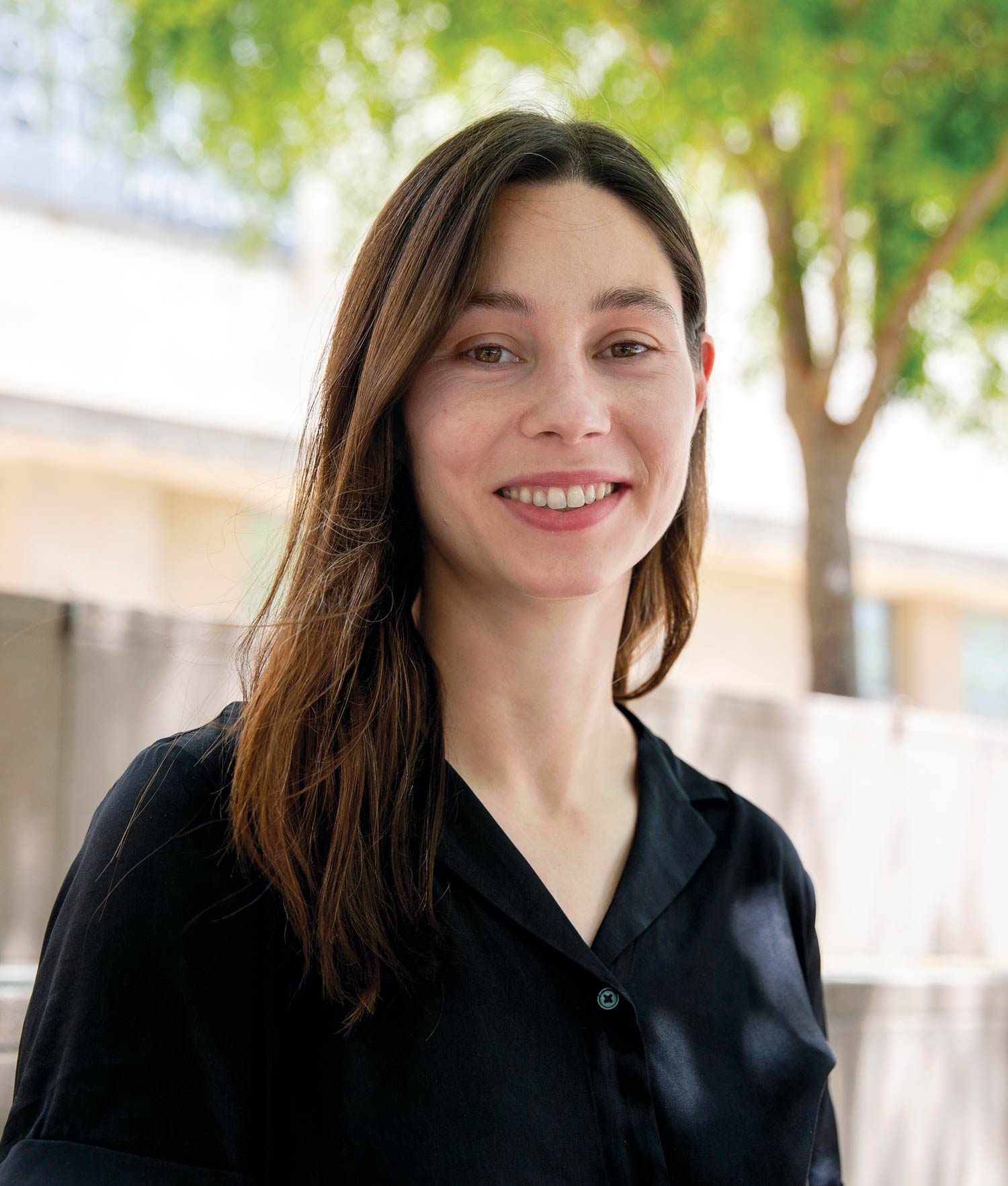Connecting the Dots, Exposing the Truth

Connecting the Dots, Exposing the Truth
She spent much of her two clinic semesters compiling existing research about police violence against African Americans in San Francisco in support of a new truth commission there. That commission (and similar ones in Boston and Philadelphia) will conduct victim-centered investigations of a pattern of violence or repression that publicly documents and acknowledges police violence and racial injustice — and develop policies to help communities heal from the trauma.
“We haven’t collectively grappled with our history as a country, and these commissions are a way to accomplish a collective understanding and truth telling in a healing way,” Jaramillo says. “Seeing this project take seriously the human rights violations that happen here every day felt like a unique and important opportunity to apply international human rights law to a U.S. context.”
The research, to be published as a memo and working paper later this year, shows years of anti-Black violence by San Francisco police. The publications suggest best practices learned from similar commissions worldwide.
Jaramillo also co-wrote an amicus brief for an Inter-American Court on Human Rights case about the intrusive, unlawful, and at times violent surveillance of human rights defenders in Colombia. A Berkeley La Raza Law Journal editor, she says these projects helped her learn to write concisely and persuasively for different audiences, and to work well within a team.
“Working on subjects so traumatic and challenging, my teammates and I became very close,” she says. “We all cared deeply about doing the project the right way, and developed a lot of trust while writing collaboratively and learning from each other.”
“I want my work to see the connections — between the injustices here and in Colombia, between racial injustice in San Francisco and in Minnesota where I grew up,” she says. “It’s finding the intrinsic holistic connection between things that seem separate. I hadn’t found that until I came to this clinic.” —Sarah Weld